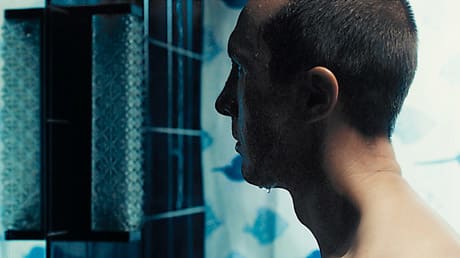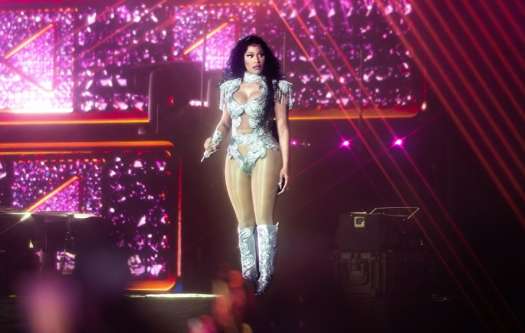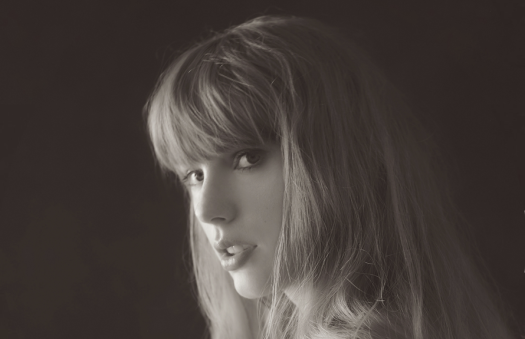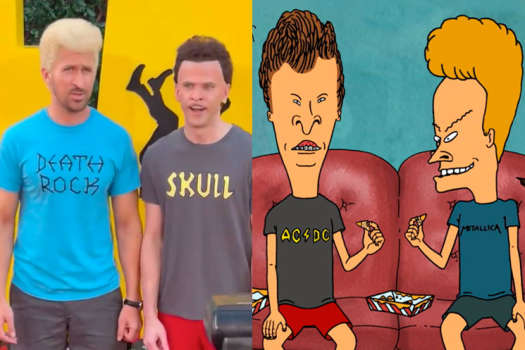More notable for its ability to capture the claustrophobic, unhinged, enervating mindset of its central protagonist than as a watchable film, The Ape sticks to its aggravating stylistic guns to great effect despite having little actual impact. Those with a bit of a film education may appreciate the implicit theoretical challenges and audience manipulation, while everyone else will be searching for a revelatory twist, or even a plot.
Filmed almost entirely in close-ups, with handheld cameras and a real-time, adjacent structure, Swedish director Jesper Ganslandt's second feature film opens with Krister (Olle Sarri) waking in a bathroom covered in blood. Cleaning himself off, he picks up his car and goes about his daily work routine as an instructional driver, visibly agitated by something.
Occasionally clutching his chest in pain and kicking nearby vehicles, Krister goes shopping and plays tennis, all while the camera follows him, keeping us within arm's reach for the duration. Our proximity and forced association partially embeds within us a similar sense of anxiety, as brief glimpses of the horrific preceding events fill in some of the much-generalized blanks.
Within the film there is a televised ape, and a brief explanation of a dream, pointing out the obvious association of animalistic behaviour in relation to the title. The constant clamour of cell phones, screeching machinery and aggressive consumer minutia give a sense of modern alienation and disconnect, attributing feelings of rage to the volume of daily life. Even the soundtrack rings of inane American pop tunes at unlikely moments, grating on us and the central character alike.
While certainly a smart, almost masterful film, The Ape is nothing if not frustrating from beginning to end, never giving us a break. As such, it's the sort of thing that only the film crowd will appreciate, and even then some folks will just get annoyed and wander away.
(Fasad AB)Filmed almost entirely in close-ups, with handheld cameras and a real-time, adjacent structure, Swedish director Jesper Ganslandt's second feature film opens with Krister (Olle Sarri) waking in a bathroom covered in blood. Cleaning himself off, he picks up his car and goes about his daily work routine as an instructional driver, visibly agitated by something.
Occasionally clutching his chest in pain and kicking nearby vehicles, Krister goes shopping and plays tennis, all while the camera follows him, keeping us within arm's reach for the duration. Our proximity and forced association partially embeds within us a similar sense of anxiety, as brief glimpses of the horrific preceding events fill in some of the much-generalized blanks.
Within the film there is a televised ape, and a brief explanation of a dream, pointing out the obvious association of animalistic behaviour in relation to the title. The constant clamour of cell phones, screeching machinery and aggressive consumer minutia give a sense of modern alienation and disconnect, attributing feelings of rage to the volume of daily life. Even the soundtrack rings of inane American pop tunes at unlikely moments, grating on us and the central character alike.
While certainly a smart, almost masterful film, The Ape is nothing if not frustrating from beginning to end, never giving us a break. As such, it's the sort of thing that only the film crowd will appreciate, and even then some folks will just get annoyed and wander away.




